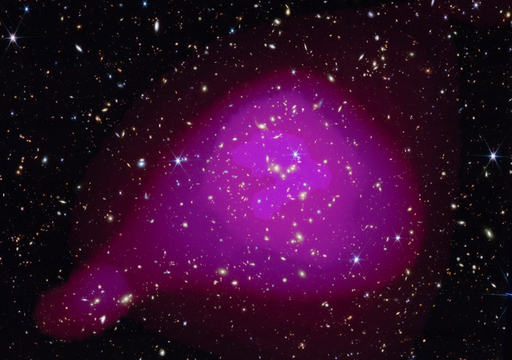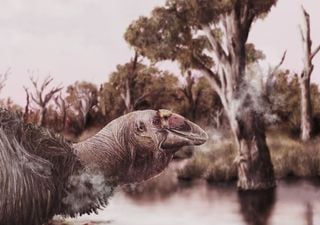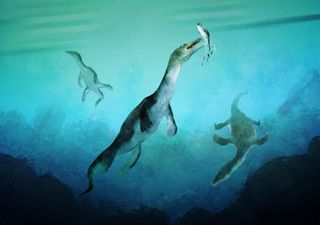Complex life on Earth is older than we think
A chance encounter in remote Australia and years of detailed analysis pushed back evidence of the beginning of complex life on the planet by 750 million years. Understand everything here!

Dr. Erica Barlow, a geobiologist at the University of New South Wales (UNSW), discovered a new way to understand how life formed on the planet, analysing a rock she had placed on her desk. Barlow found this rock during a study trip in the Western Australian outback a decade ago.
He studied stromatolites as part of his undergraduate research project and spent his days in the Pilbara mapping the area and analysing the rock structures. Barlow was returning to the campsite when a small, shiny black rock reflecting the sunlight caught his attention. It stood out in the red landscape, so he picked it up as a souvenir of his trip.
The "pet rock" sat on Barlow's desk at the Australian Astrobiology Center for several months while she worked on her stromatolite project. Her supervisor at UNSW, Associate Professor Martin Van Kranendonk, saw the rock—known as black chert—and encouraged her to look for microfossils inside. What Erica saw shook her. Most microfossils are shaped like long filaments, but this fossil was round.
The Great Oxidation Event and the development of life on Earth
Independent dating of the rock layers surrounding the encrusted black chert suggests the microfossils are about 2.4 billion years old. This age estimate coincides with the "Great Oxidation Event": a volatile turning point in Earth's history when oxygen levels at the planet's surface rose dramatically and irreversibly.

Barlow says the sharp and unique increase in oxygen has been theoretically linked to the development of all complex life on Earth, but there was nothing in the fossil record to demonstrate this theory - until now. The only known life that existed before the Great Oxidation Event was "prokaryotic": simple, single-celled, nucleusless organisms, such as bacteria. However, the comparatively complex shape and large size of the fossil that Dr. Barlow found suggests that its life form may have been an early step toward a "eukaryotic": that is, a complex, generally multicellular life form. , which has a nucleus.
This event is sometimes referred to as the "Oxygen Catastrophe" - catastrophic for many life forms at the time, which needed low-oxygen environments to survive. If future research confirms this theory, this fossil would be the oldest known evidence of complex life on Earth - but it could be some time before the technology is at a stage where this can be assessed.








